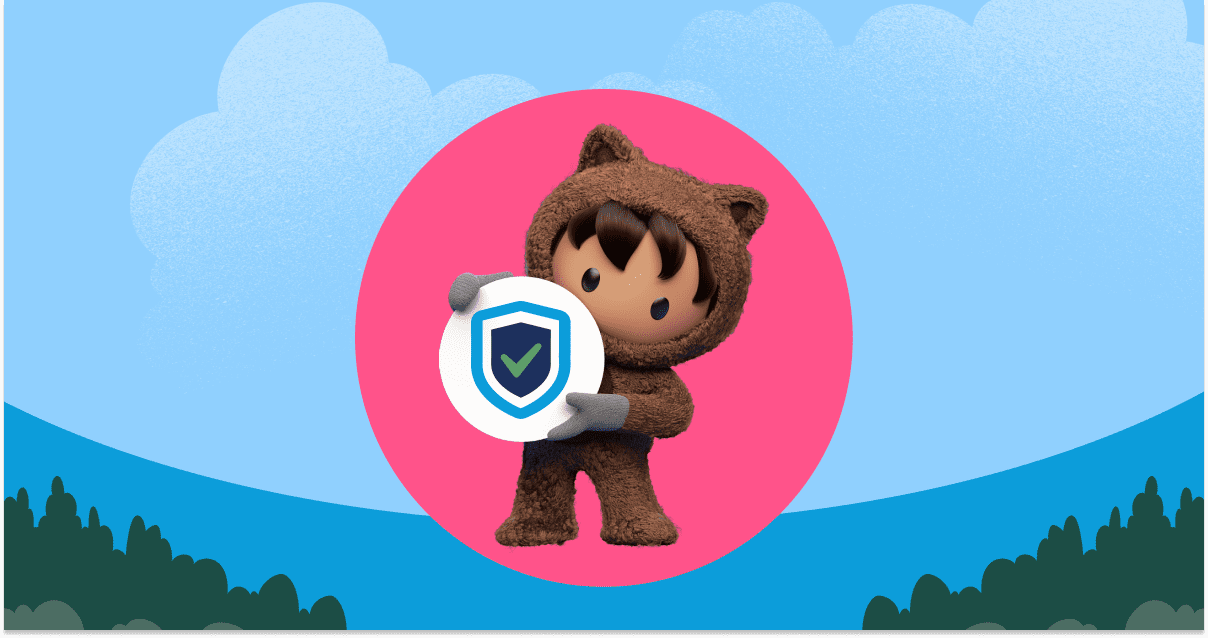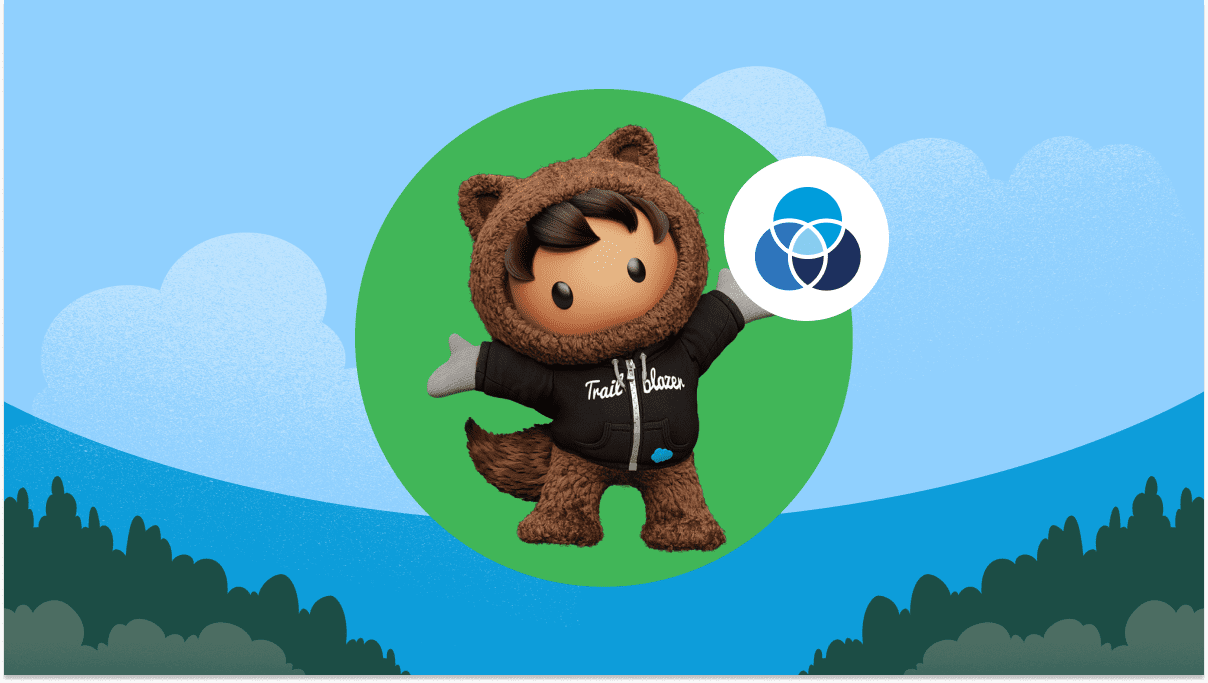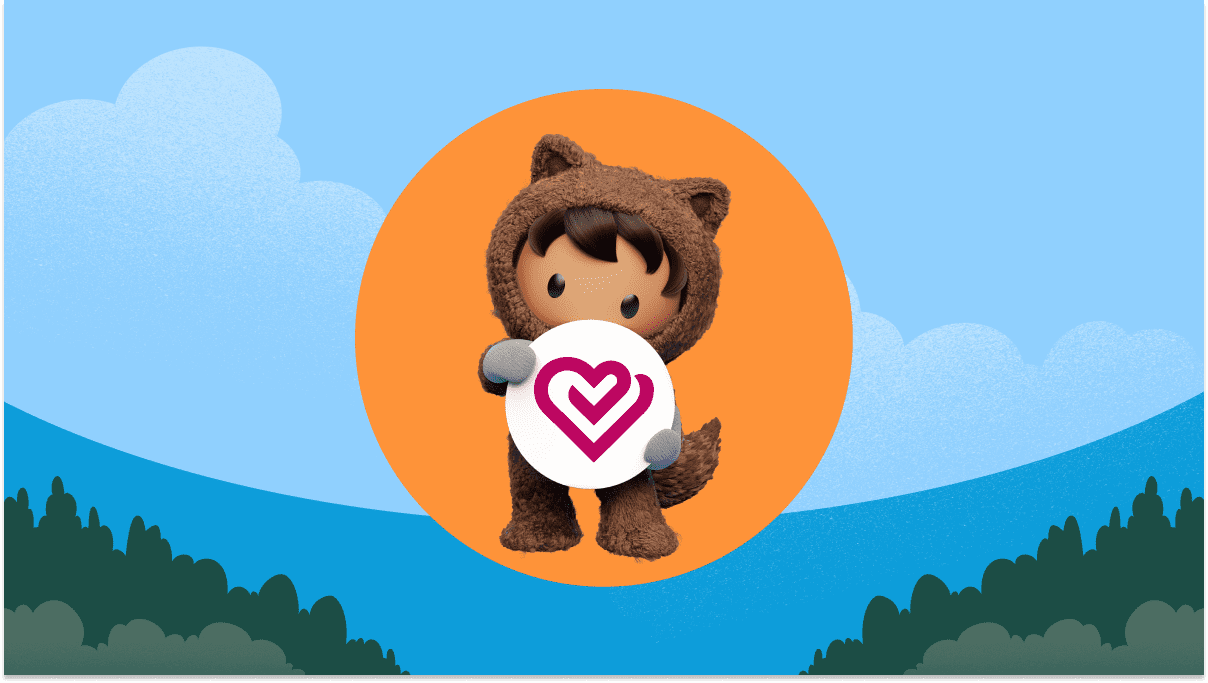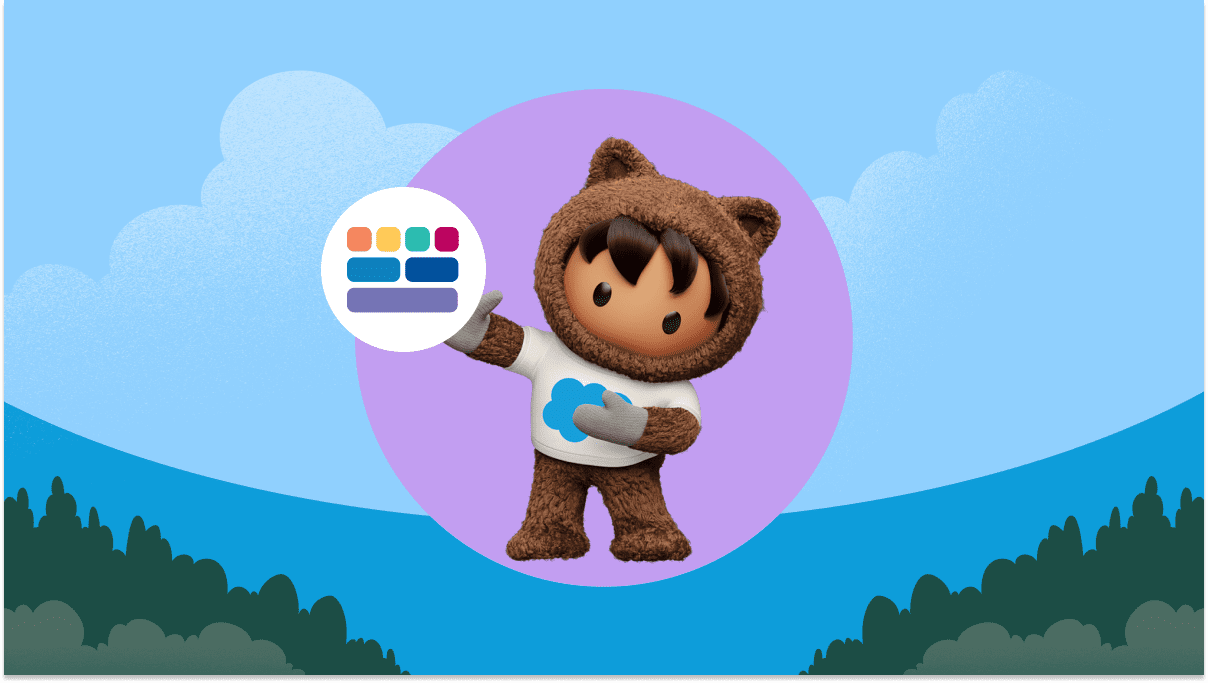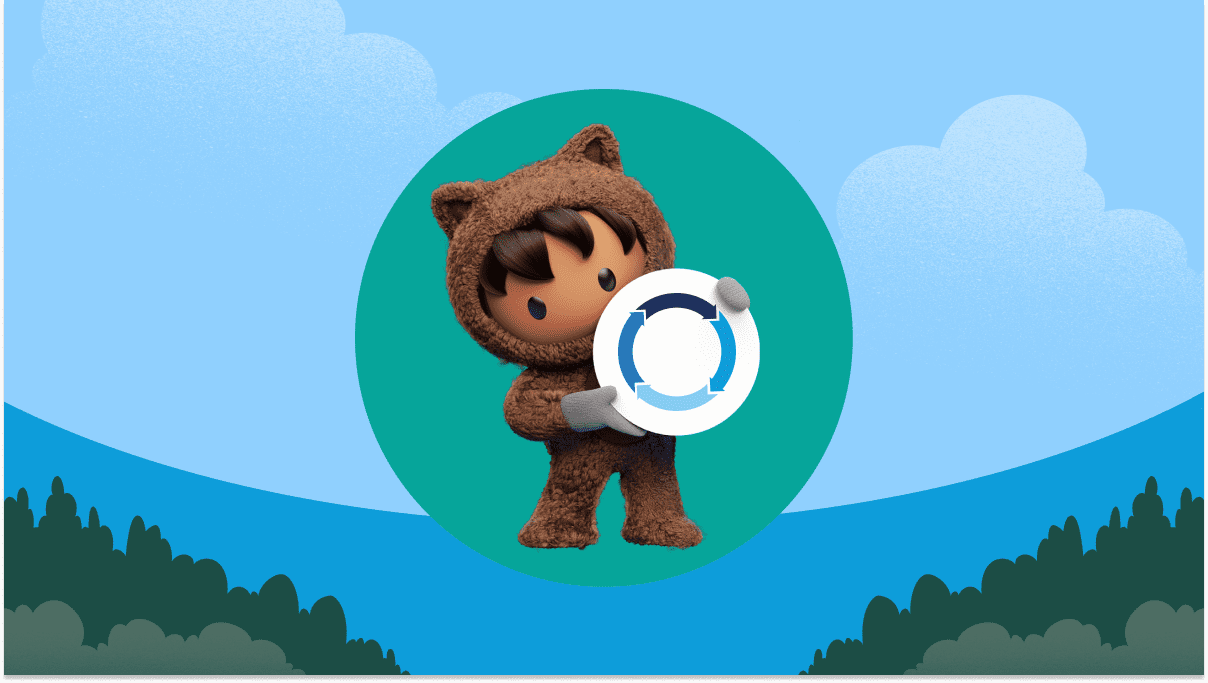Chapter 2: How You Build Trust
Listen, Anticipate, and Respond
This means you need to be able to sense, anticipate, and respond to changes in your customers’ needs — and stop treating every customer interaction with you as if it were their first.
So how do you live up to customer expectations, first earning and then continuously re-earning their trust?
The Data Flywheel

This prepares you to grow beyond commodity transactions by understanding the broader job to be done. Through the job to be done framework, you identify adjacencies you don’t currently serve. You can then expand into those areas or more closely partner with an ecosystem, such as life interests, education, health, and financial wellbeing. This means auditing who your customers are and what their needs are.

How RBC Wealth Management Uses Client Data for Improved Customer Experiences
Creating a Data Culture
This is not about flooding the company with dashboards. Instead, create a data culture to visualize data as actionable insights, share it, and collaborate around it.
Three Keys to Creating a Data Culture

Establishing training and education programs to build and scale data proficiency across the organization

Creating access to trusted data sources, making it easier for anyone to find relevant data

Creating a community and Center of Excellence to build internal data expertise
See the Tableau Blueprint — a proven way to build your data culture.
Embed Customer Listening in Your Business
Before you commit to too many changes, ask yourself and your peers: What stories are our customers telling us? Have we listened to customer feedback recently?
Embed customer listening into your company’s DNA to ensure transformation efforts are focused on their needs. Prioritizing where to ignite change first begins with understanding the top needs of each customer persona. Here are some of the best practices Salesforce follows, and key actions to build trust:
1. Create a voice-of-the-customer function and invest in listening at every level. Get feedback from customers to establish a baseline and set a single improvement goal as your starting point. Ideally your organization has both business-focused research leaders and a neutral reporting structure. That way, the team responsible for delivering improvements isn’t also keeping score.
Target all personas in your ecosystem. Which customer groups experience the most pain? Which ones drive the most revenue? Who are your greatest brand advocates? Then, use listening techniques like interviews and surveys to capture insights and digital trends for designing your vision. Welcome feedback at every step; don’t fear it. Listening is the new marketing.
Companies need to know what customers are saying, doing, and feeling across all touchpoints with the company, whether in-store, online, at home, or on the phone. Add omnichannel sensitivity to understand your customers and markets, and apply intelligence to help you anticipate future needs.
2. Integrate insights into one narrative. Tell one story behind the numbers. Just as you want to balance your listening across channels, you want to balance your data with a story. Listening tours, advisory boards, and focus groups bring color and context to scorecards and trendlines.
Integrate customers into strategic planning, and assign an accountable owner to each metric or measurement that stems from what you learned when listening. For example, does the executive team plan future products or programs at an offsite or every Monday morning? Wherever planning takes place, save a seat at the table for the customer’s voice. And include employees and partners in the design and execution of new experiences to leverage different perspectives, especially from those on the front line, closest to your customers.
3. Invest in intelligence and automation to aid accountability. Automating analysis and reporting saves your team valuable time. A sensing tool or machine, layered on top of your qualitative feedback, is one of the most effective ways to unlock insights.
4. Inspire a listening movement and psychological safety among employees. Sometimes the team sharing customer feedback is perceived as the bad news team. Instead, motivate your team and your stakeholders to stay engaged and keep acting on customers’ needs by recognizing results and rewarding teams that become listening champions.
Build trust with your employees by giving teams the freedom to experiment and learn, and ensure everyone feels safe to offer criticism and share what’s not working. Building trust with your employees translates into your employees building trust with your customers.
5. Close the loop. Listening means you need to communicate. You won’t be able to take action on every piece of feedback, and customers don’t expect you to do everything they ask. But they do expect to hear back from you on what you are doing, what you’re not able to do, and what else you need from them for a successful partnership. Unite your marketing, sales, commerce, service, and IT teams to actually hear what customers say and make changes based on that information.

Rocket Companies Builds Trust with Customers
Rocket Companies revolutionized the home loan industry with the world’s very first online mortgage experience. As a result, it’s now the nation’s largest mortgage lender. Watch the story of how Rocket’s use of innovative technology makes the complicated home financing process simpler, while growing trust with its customers.
Key Actions to Take
Establish a Data Culture and Center of Excellence
- Build employee training programs on data proficiency.
- Provide unified access to relevant data sources, and foster a data community with a Center of Excellence.
- Ensure that all teams incorporate insights from data and experiments back into the business.
Create Defined Feedback Loops
- Develop listening mechanisms to capture, understand, and respond to internal feedback from employees and external feedback from customers and stakeholders.
- Align on a process to collect, view, and socialize progress, so teams are aware of timelines and KPIs.
Build-in Flexible, Iterative Cycles
- Have an iterative planning process that allows for regular retrospectives and incremental improvements.
- Ensure budget planning is part of that flexible process so that you can source progress effectively.

Blog Post
What does Salesforce do?

Research
State of the Connected Customer

Guide
The Salesforce Way
More Resources

Article
How To Create a Customer-Centric Experience

Solution Finder
Create your Customer 360 in two simple steps.

White Paper
The Impact of Digital Transformation During Times of Change


